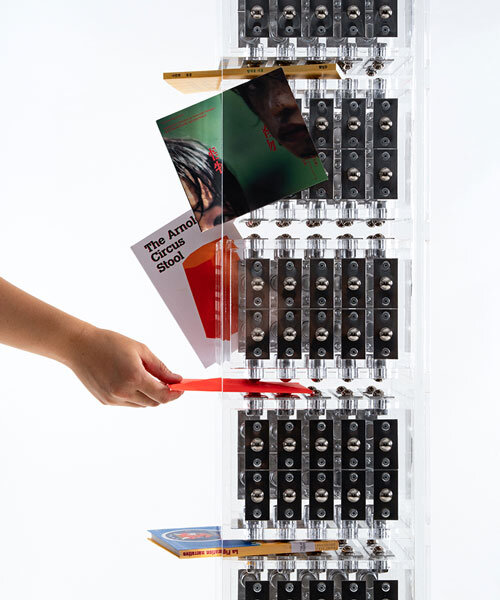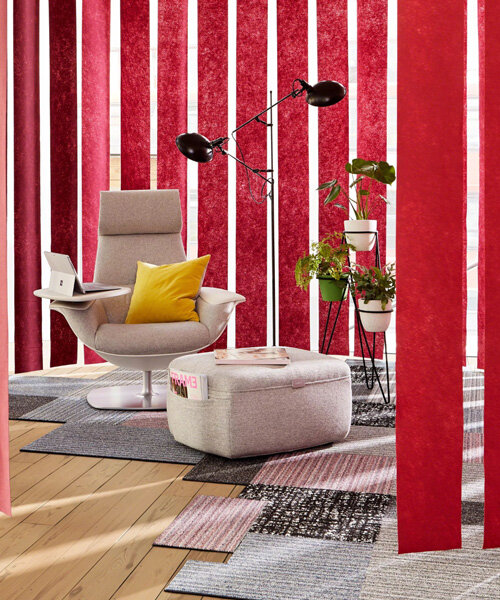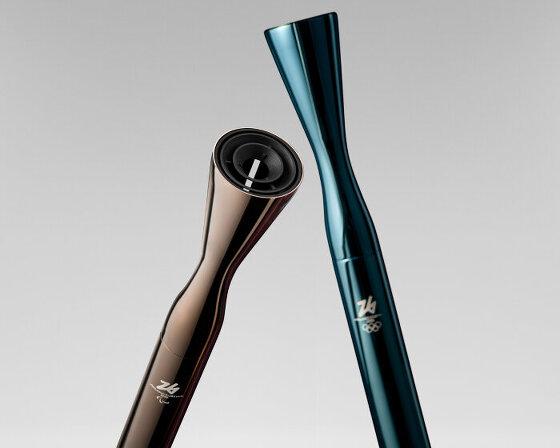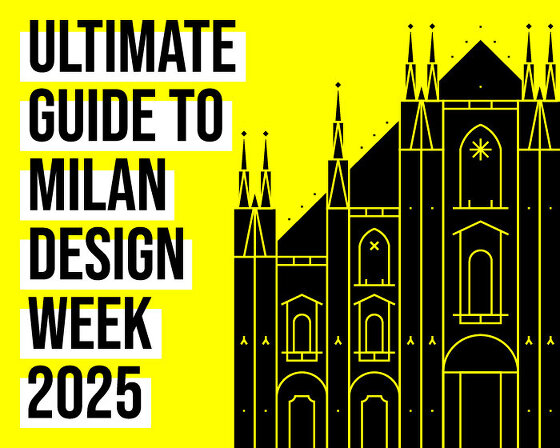‘Fill the Gap, Trace the Path, Hang the Loop’ by Inkyoung Lee
What role does furniture play in a space? ‘Fill the Gap, Trace the Path, Hang the Loop’ by Inkyoung Lee explores this question, offering designs that prompt immediate interaction using hardware systems commonly encountered in daily life. Objects in empty spaces shape our actions, often instinctively. They provide clues—not only through their form but also through their materials, intended usage, and familiar contexts. These accumulated experiences guide our interaction with new objects, ultimately shaping our actions.
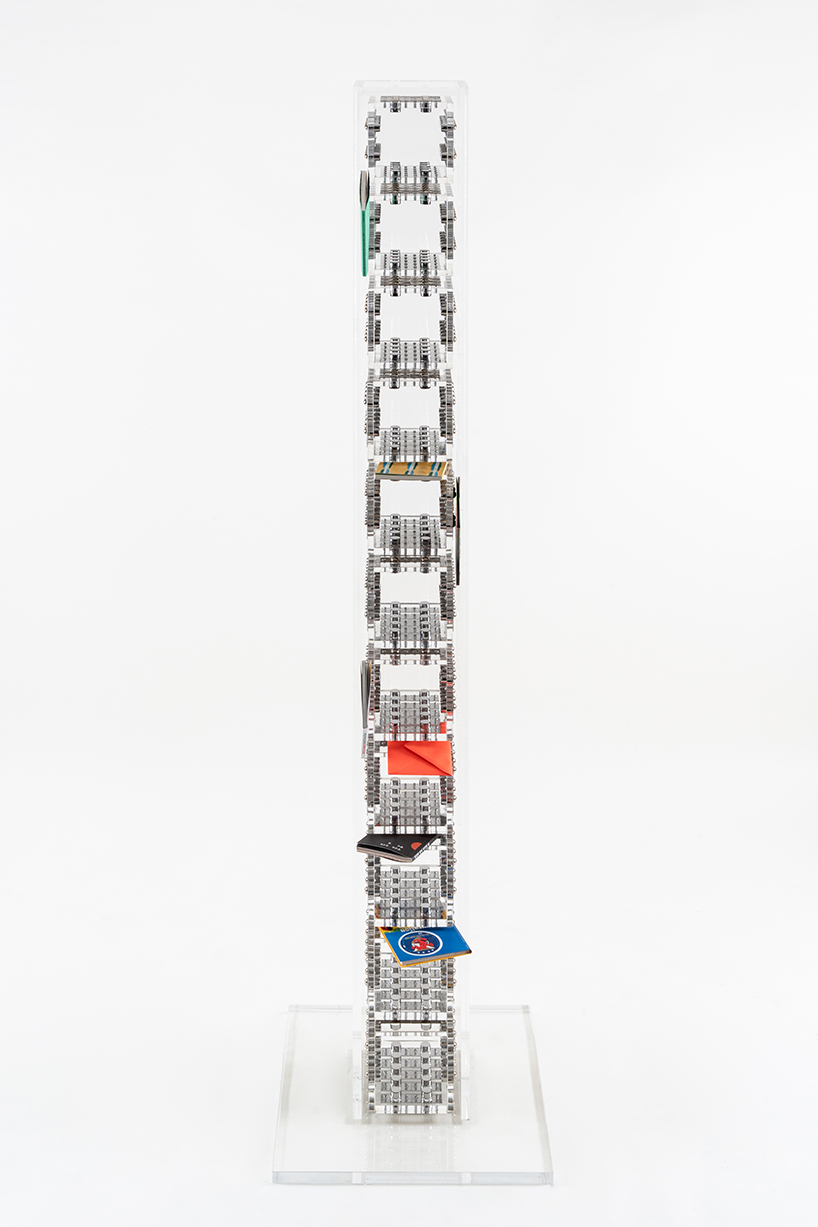
Fill the Gap uses door catches to create curiosity and guide user interactions | all images courtesy of Inkyoung Lee
Furniture Redefines Space Through Exploration and Engagement
In ‘Fill the Gap,’ door catches are positioned on the top, bottom, and sides of acrylic boxes. While the boxes resemble shelves, their fronts are blocked, encouraging the user to interact with the open gaps. The transparent acrylic reveals the door catches inside, sparking curiosity. As objects are inserted, the interaction naturally conveys the door catch’s purpose. Even without a floor, the door catch secures the object, creating a floating effect and offering a new perception of space.
‘Trace the Path’ incorporates four pipes with movable handles on the front and sides. Users observe the path layout, recognize the handle’s ability to move vertically, and fit it into side grooves, where it locks into place. This understanding of the mechanism invites users to move and reposition the handles freely, encouraging further experimentation and creative utilization. In ‘Hang the Loop,’ 48 and 20 hooks are arranged in rows and columns. Each hook features a steel bead at its base, allowing it to move up and down when picked up. This movement prompts users to engage with the hooks, attempting to hang them and exploring various arrangements. Designer Inkyoung Lee demonstrates how objects and furniture can subtly guide human behavior, inviting exploration and interaction while challenging conventional notions of spatial use.
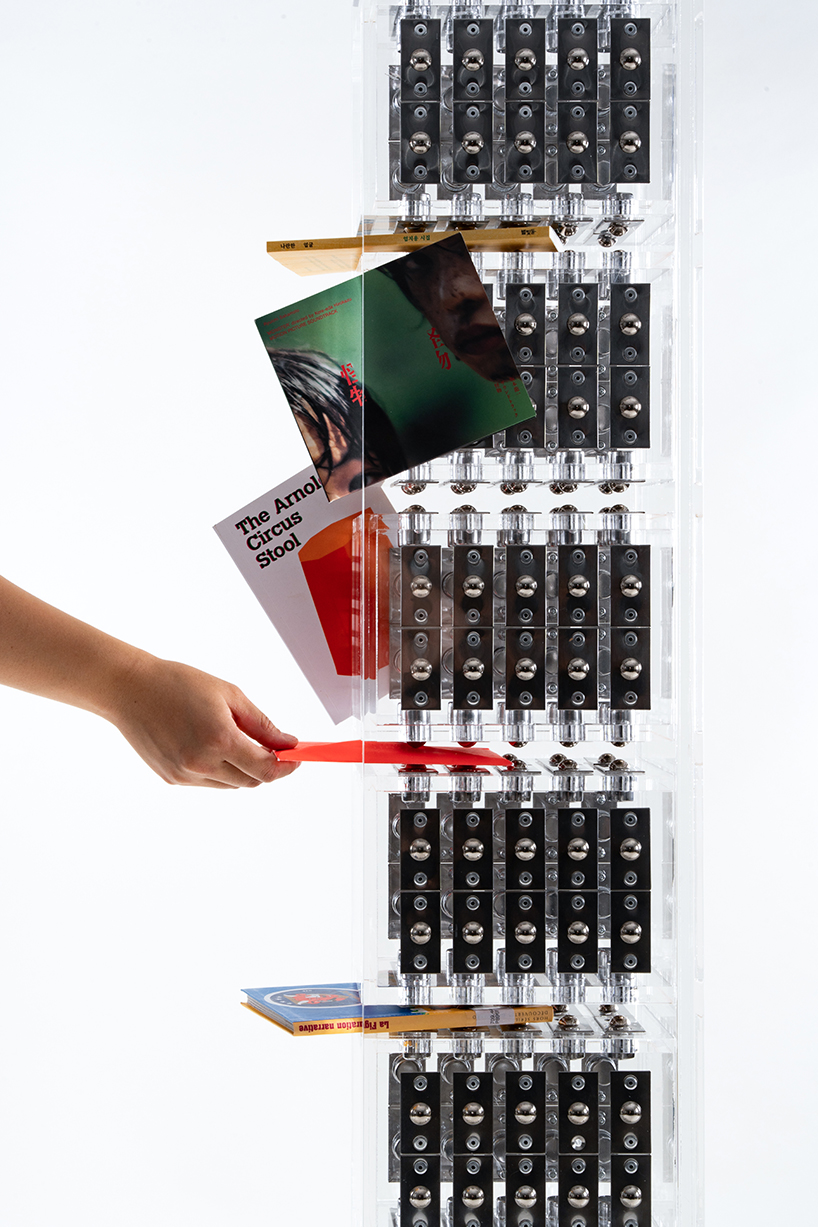
acrylic boxes with blocked fronts invite users to engage with open gaps and explore their purpose
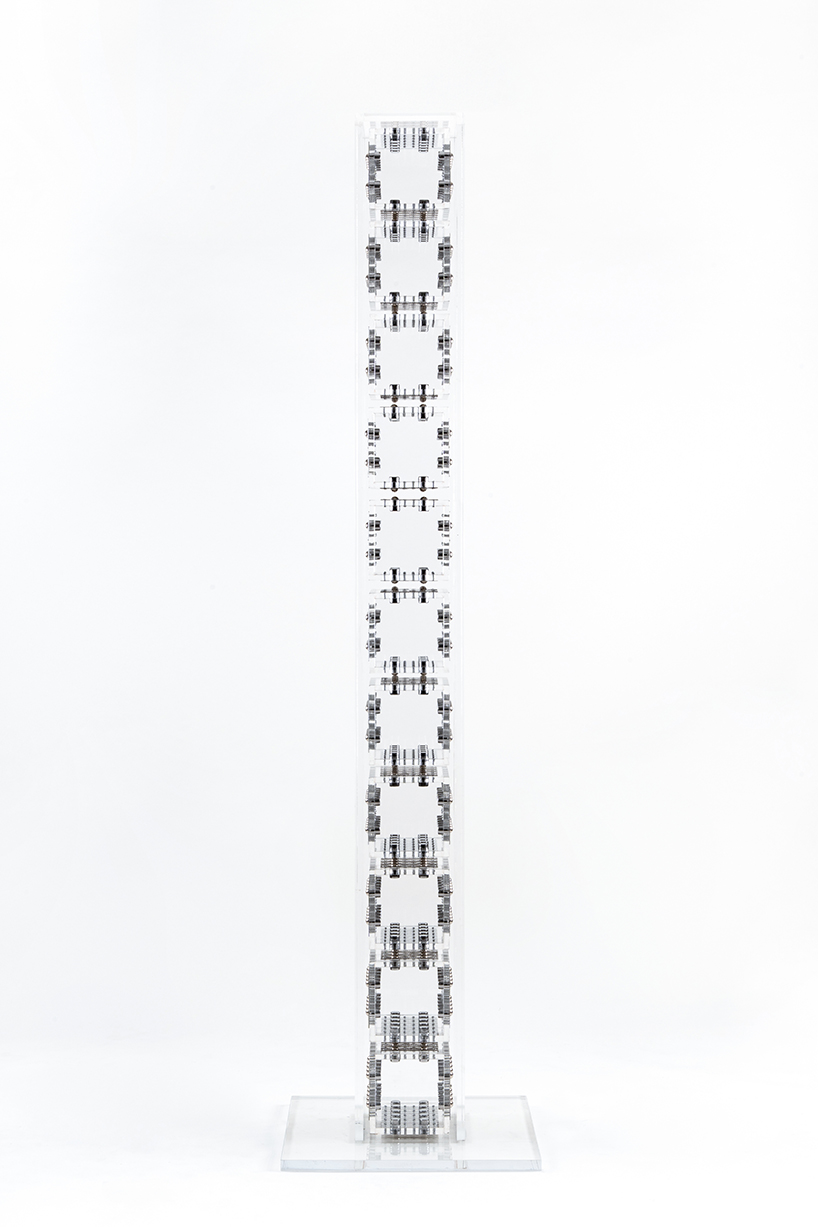
transparent materials reveal hidden elements, prompting curiosity and exploration
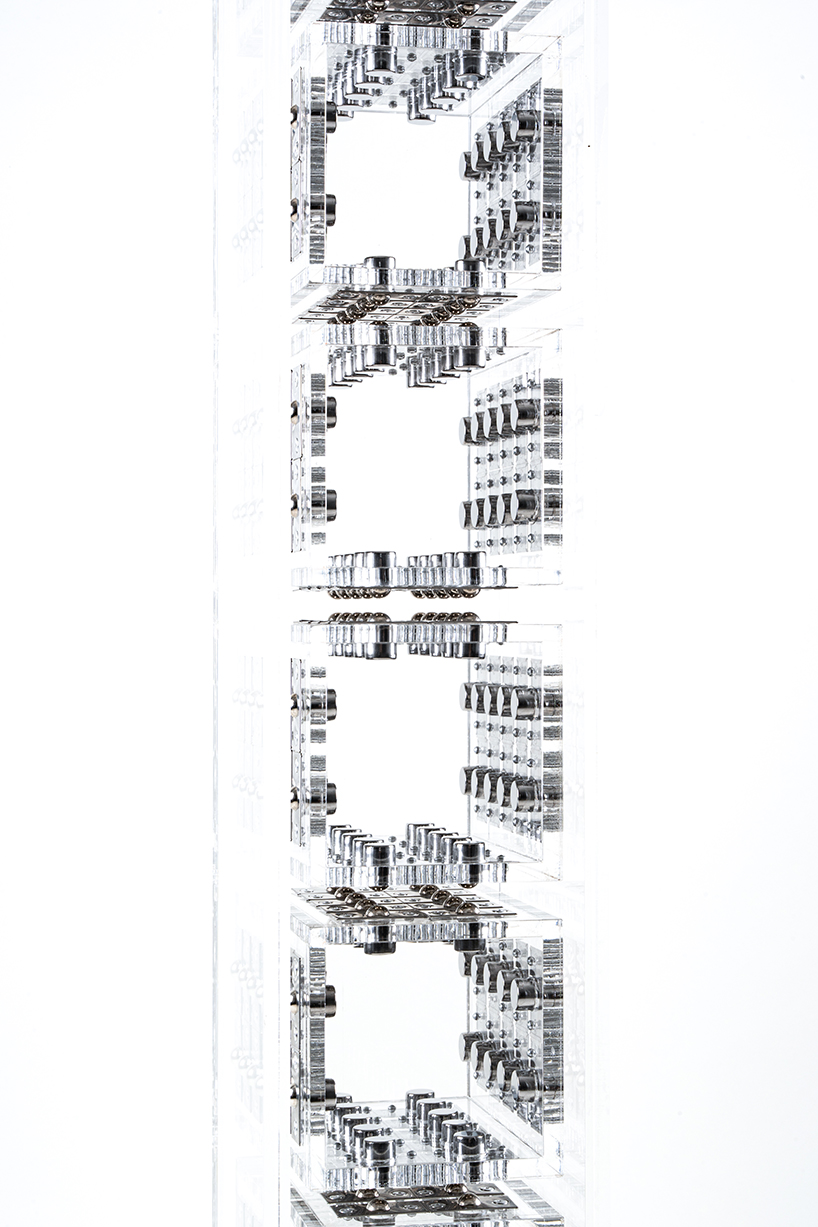
door catches secure objects without a floor, creating a striking floating effect
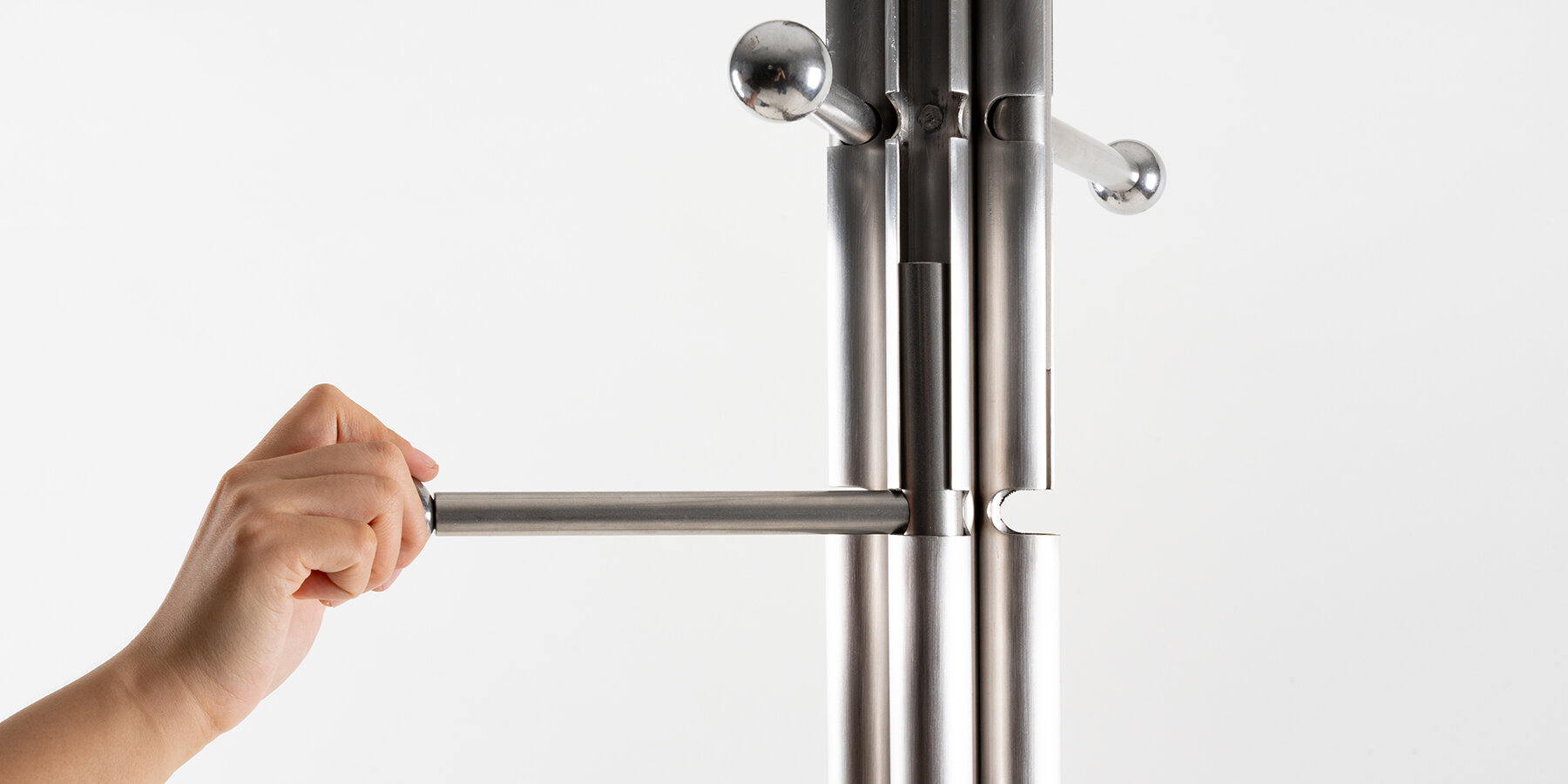
Trace the Path features movable handles on pipes, inviting hands-on engagement
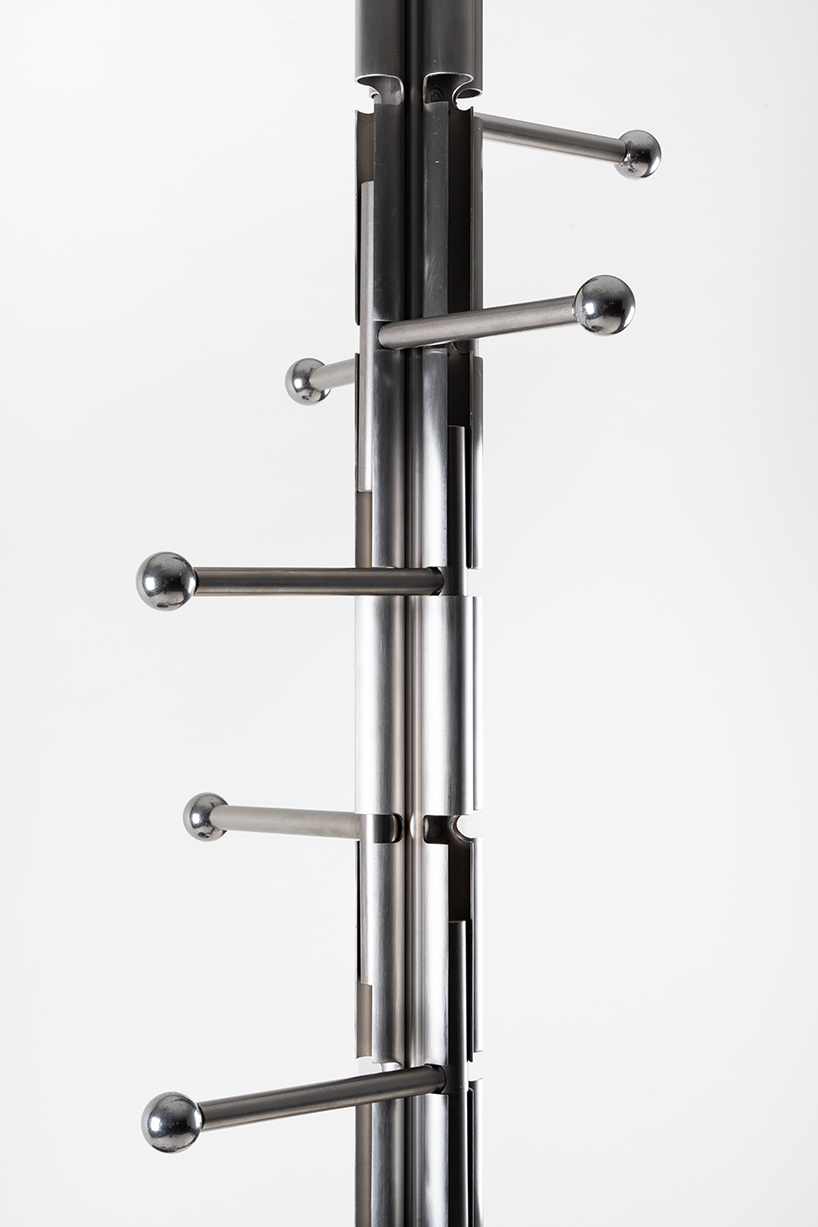
handles lock into grooves, allowing users to reposition and experiment freely
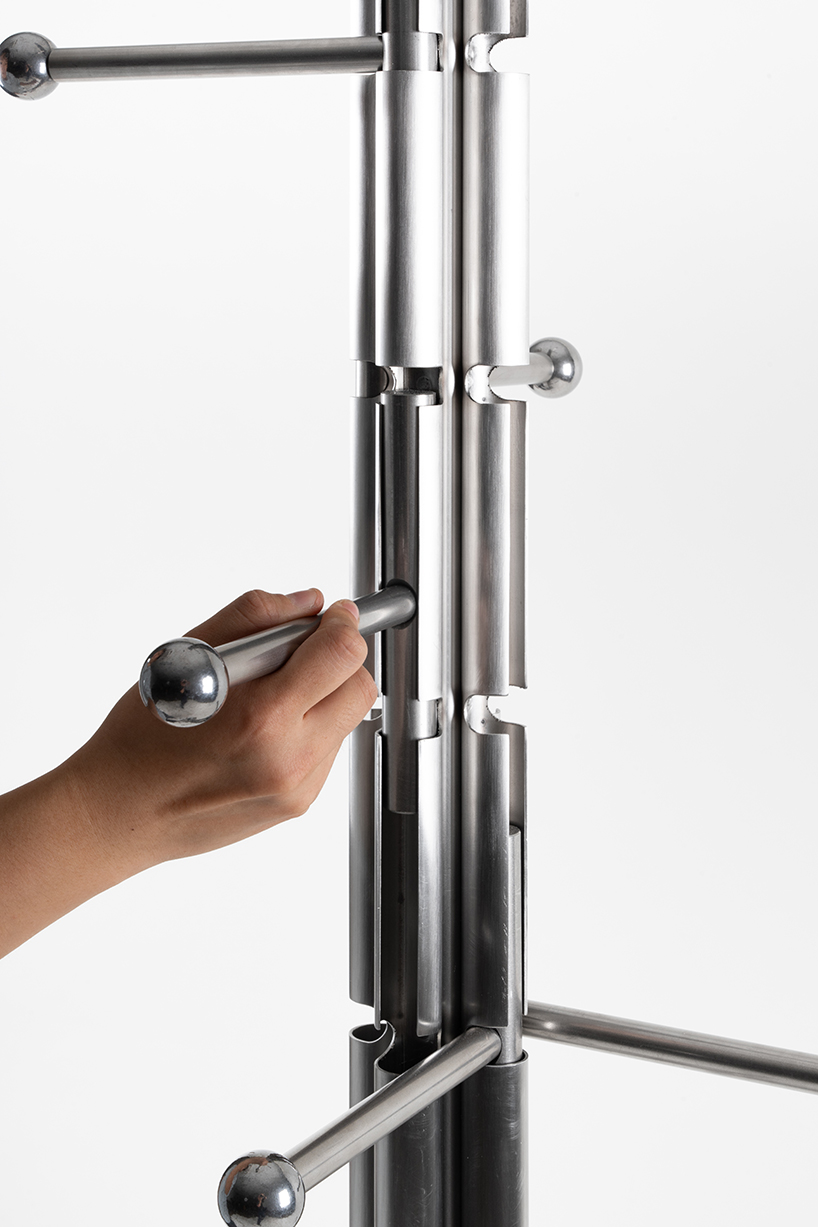
Trace the Path’s flexible layout encourages creativity and personalization
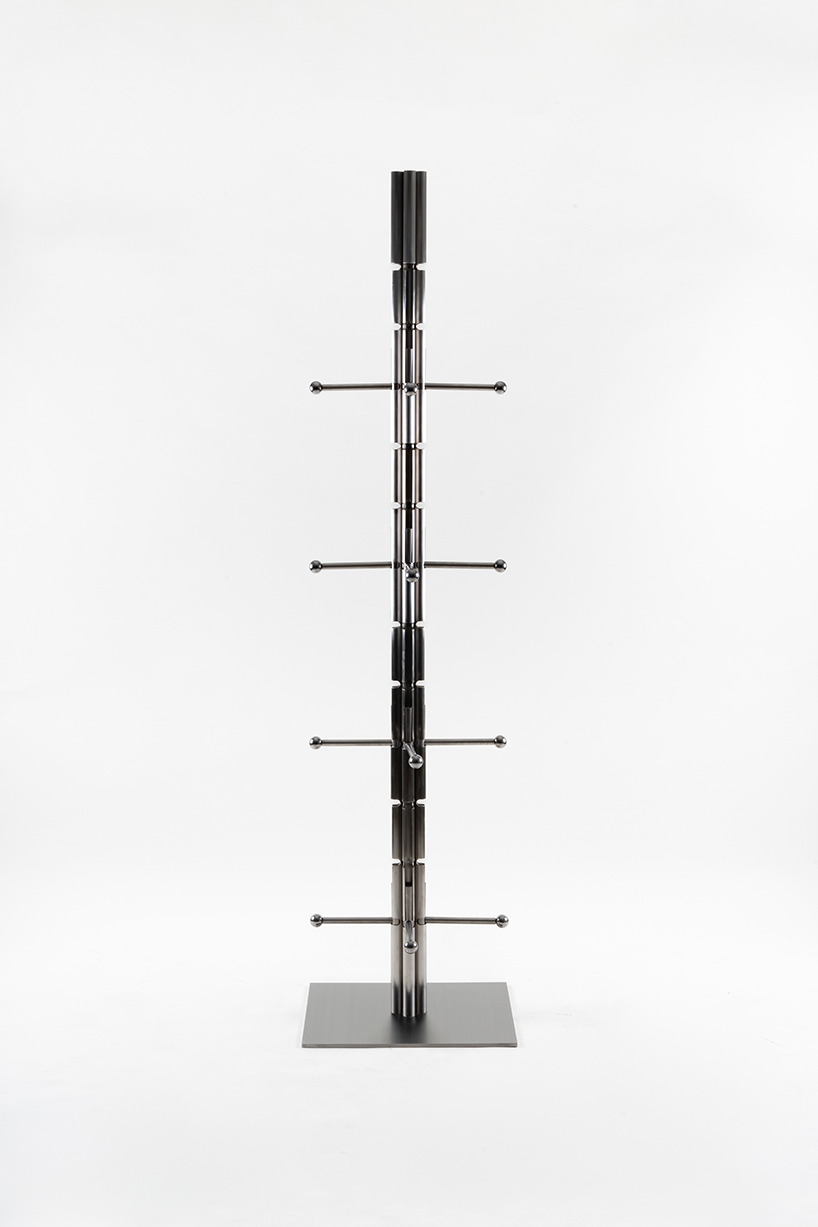
everyday hardware systems inspire immediate interaction in this innovative design series
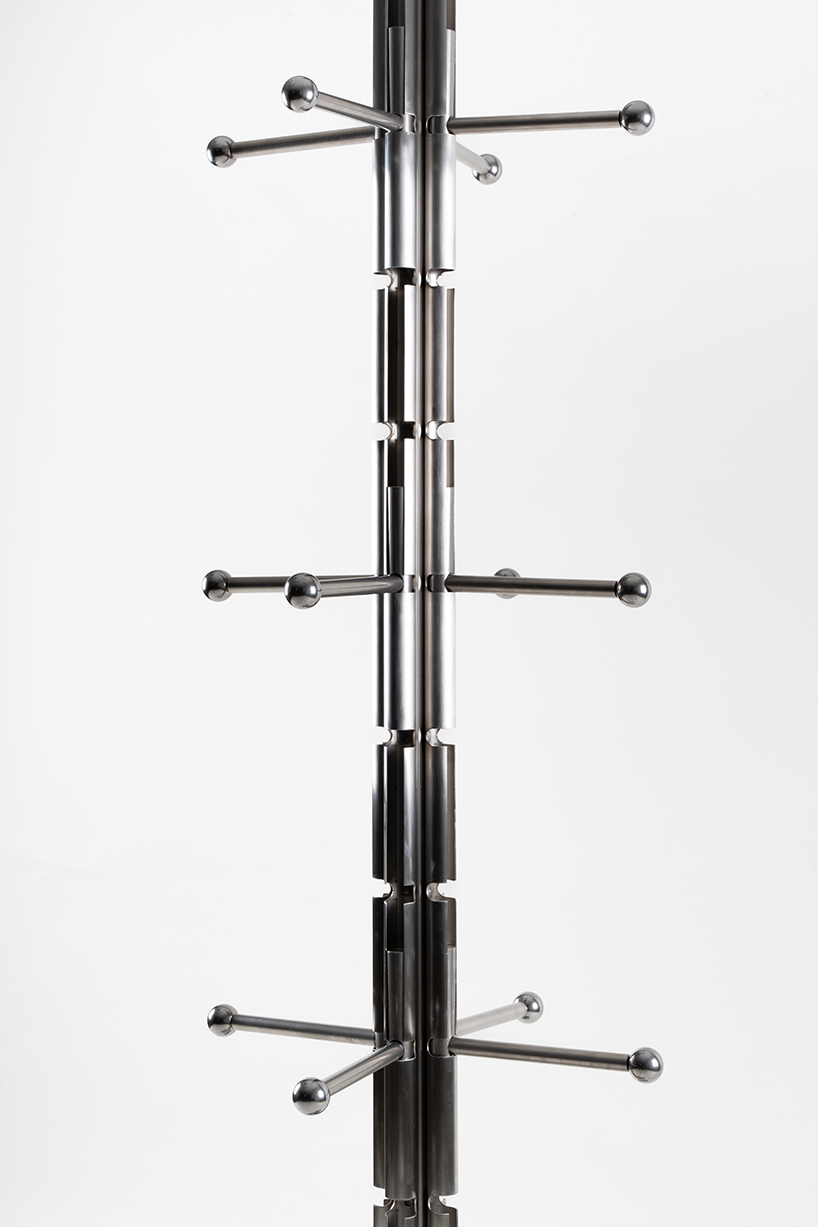
Inkyoung Lee reimagines furniture as tools for discovery and playful engagement
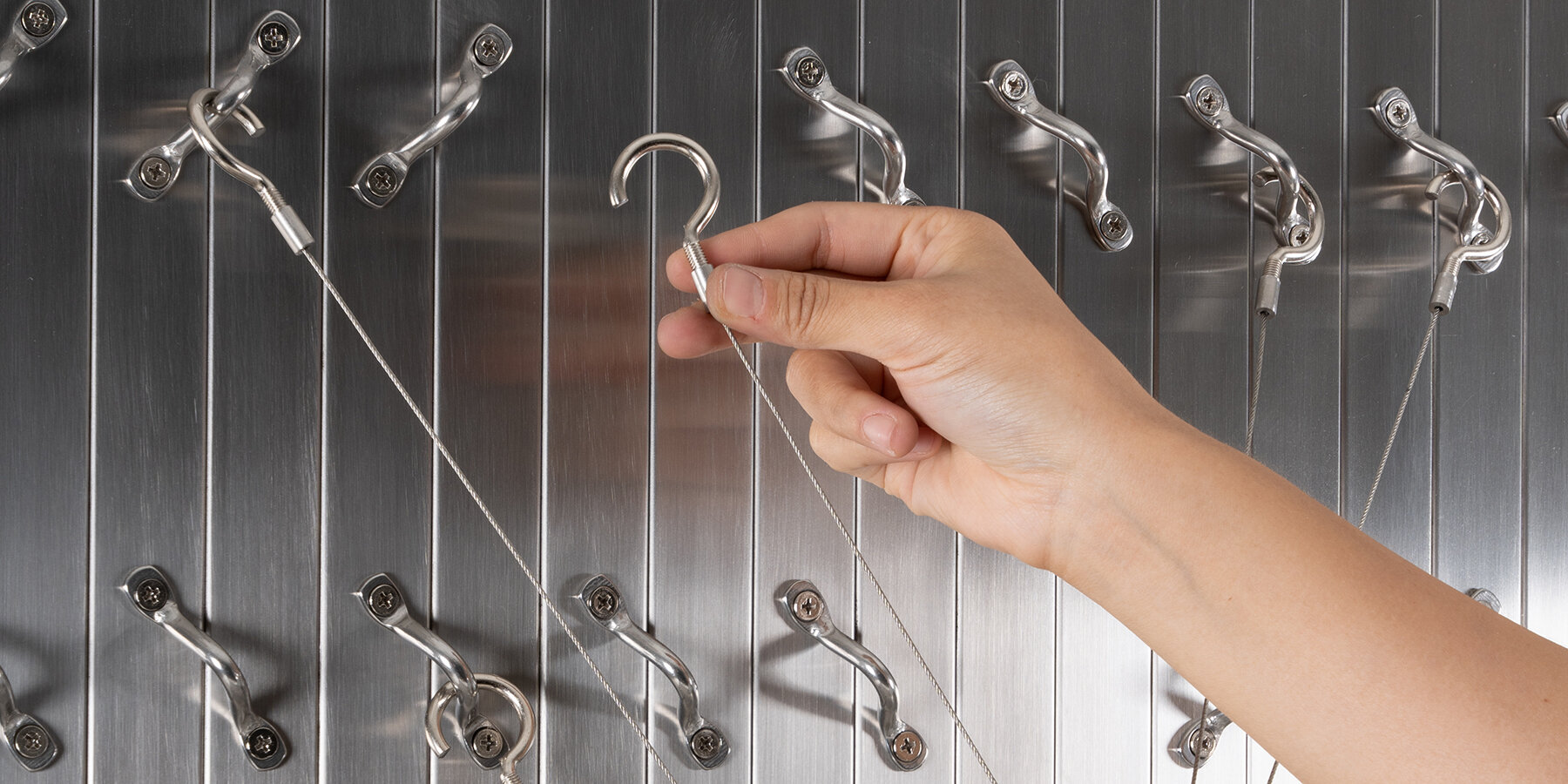
Hang the Loop transforms hooks with steel beads into dynamic, interactive tools
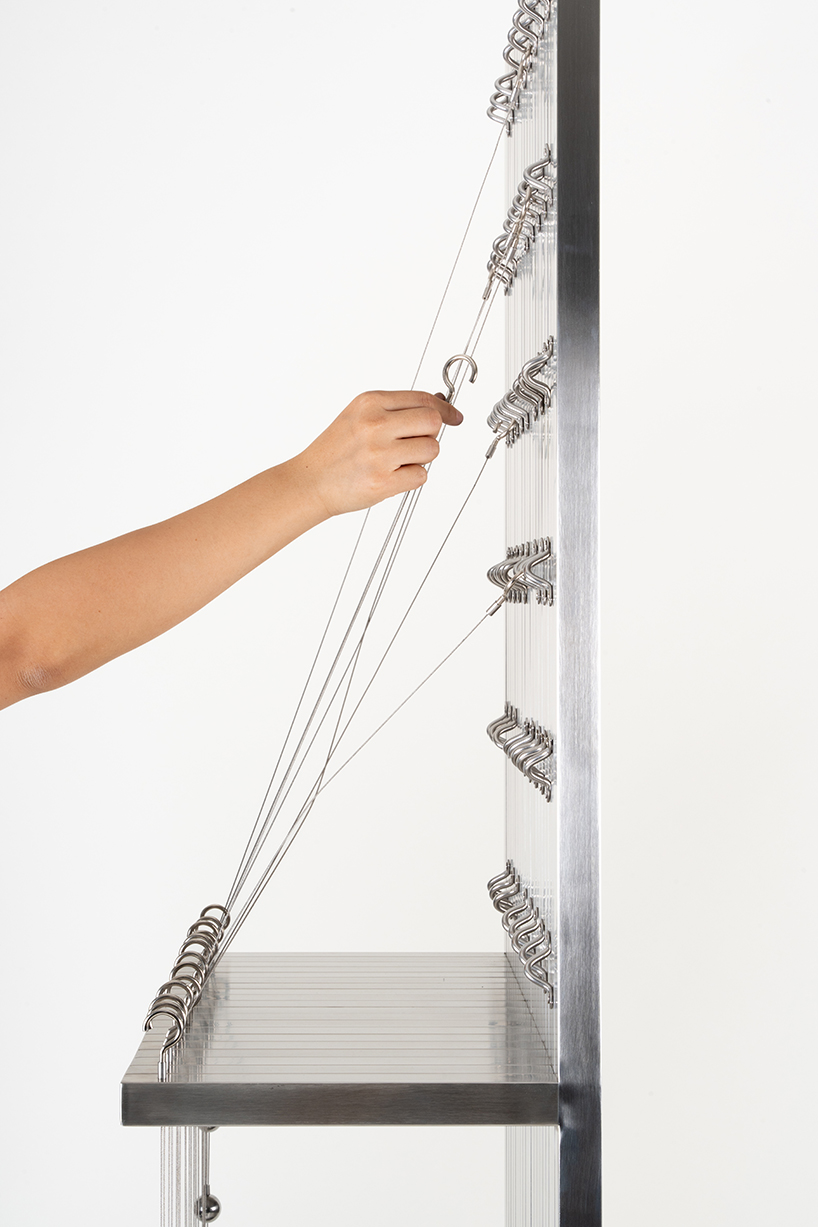
movable hooks inspire users to explore and create varied arrangements
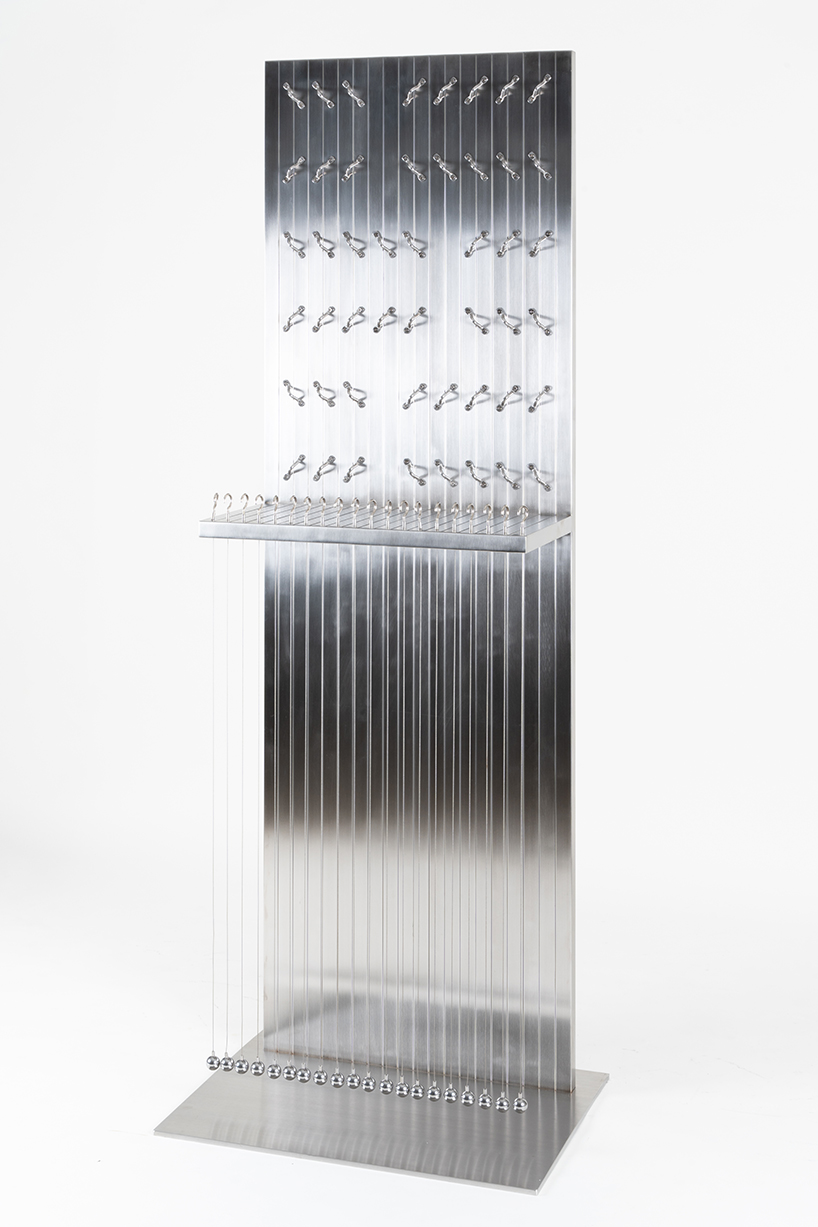
rows and columns of hooks redefine how we perceive hanging and organizing objects
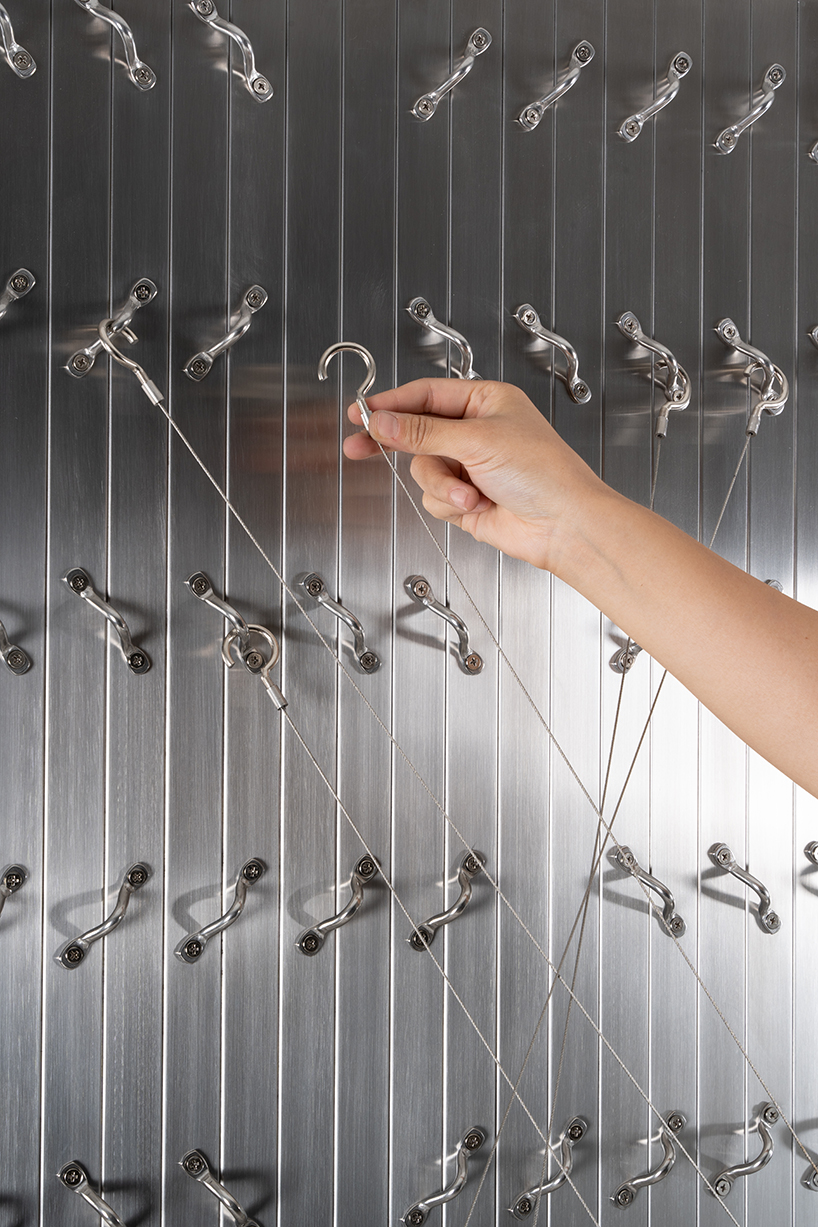
challenging traditional spatial norms, Inkyoung Lee’s designs highlight the subtle guidance of objects
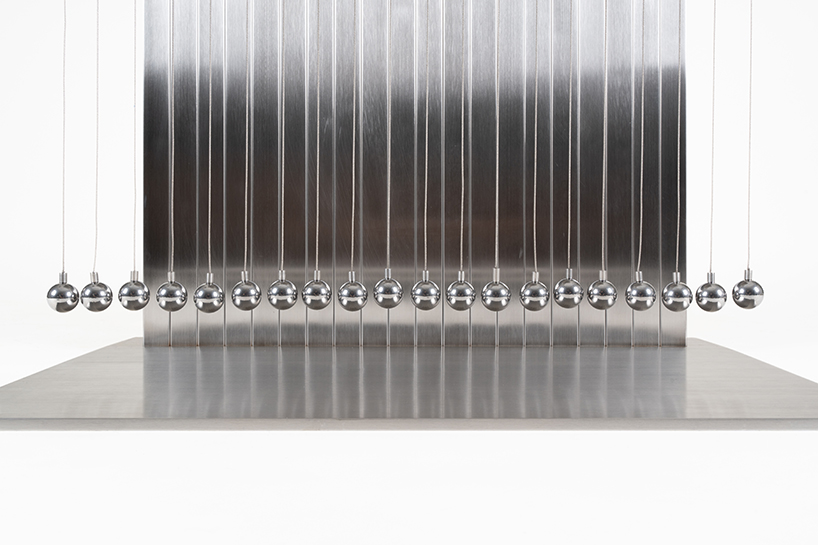
Inkyoung Lee suggests that objects in space provide instinctive clues, shaping how we act and interact
project info:
name: Fill the Gap, Trace the Path, Hang the Loop
designer: Inkyoung Lee
designboom has received this project from our DIY submissions feature, where we welcome our readers to submit their own work for publication. see more project submissions from our readers here.
edited by: christina vergopoulou | designboom
